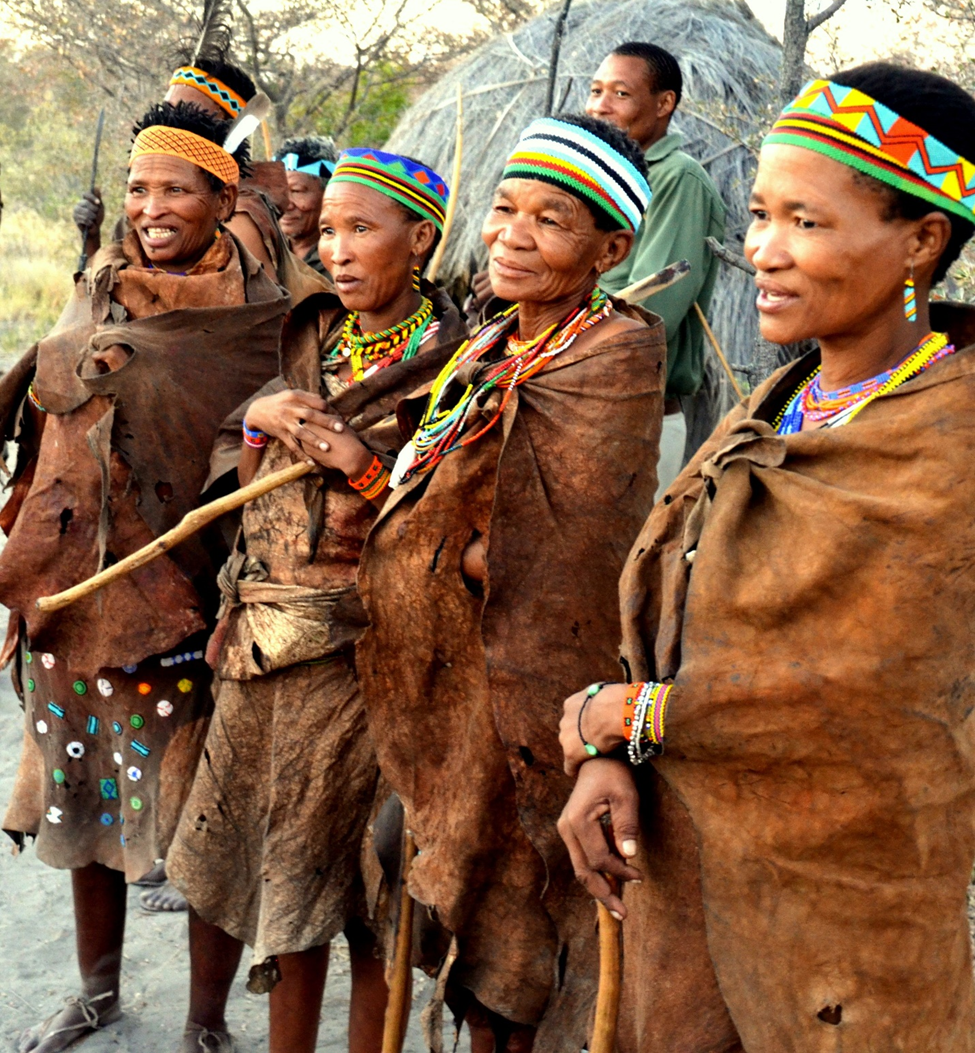African Civilization: How Colonialists Eroded African Fashion
- Hamza Kyeyune
- 11 May 2024
- 4 dakikada okunur
Before the arrival of colonialists, African fashion held a significant position as a masterpiece of the Intangible Cultural Heritage
KAMPALA, Uganda -Before the arrival of colonialists on the African continent, fashion held a significant position among the indigenous societies. It allowed individuals to display their cultural identity and freely express themselves. The Barkcloth, a type of fabric made from the bark of a wild fig tree, was widely used as their dressing before the invention of woven textiles.
Many African societies relied on the locally produced Barkcloth, which had a wide range of uses, in particular worn as clothing wrapped around the waist, under the arms, and had a variety of domestic uses including screening, bedding, shoes, Art and Crafts among others. Men’s traditional daily garb consisted of simple brown loincloths around their shoulders and hips, while adult women wore full multilayered finely pleated tunics.
Barkcloth also played an important role in ceremonies for birth, initiation, marriage and funerals. The garments were often crafted by hand, utilizing locally -sourced materials and traditional techniques, with numerous patterns and motifs, passed down from one generation to the next. For centuries, the backcloth remained an item of local and regional economic importance, being traded across the continent.
The arrival of colonialists significantly undermined the importance and production of the African attire. As European powers sought to exploit African resources and establish their dominance over the continent, they brought with them new materials such as cotton, silk, and wool, which were not available in Africa at the time. They positioned their clothing as a symbol of civilization, and those who adopted European clothing were viewed as modern and progressive. As a result, traditional African clothing was seen as backward, primitive, and among many, it began to hold negative associations with the past. Traditional African accessories like beads, jewelry, pendants became deemed inferior or backward by European standards, leading to their decline in popularity.
Generally, African fashion and clothing became increasingly associated with general backwardness, poverty and pagan traditions. The Barkcloth in particular became increasingly associated with funerals and the wrapping of deceased bodies in the community. This made it difficult for local textile producers to compete, and many went out of business. Colonialists eventually prohibited its production, which diminished the number of expert makers.
Endurance
During this time, the Barkcloth survived among very few communities, where it continued to hold special significance and positive links with long held cultural traditions. The craftsmanship and its sustainable quality, was kept alive by artisans at a small scale, which helped to preserve the future of this important cultural craft.
It continued to be used for ceremonial purposes, particularly for succession rites among the kings in Buganda and chiefs during coronations, religious ceremonies and cultural gatherings, as well as for funeral shrouds. Since ancient times, the wearing of the Barkcloth was corelated with royalty and status and wearing it at the royal palace was a sign of position or favor with subtle variations of style or rank.
Production
Barkcloth making is a highly skilled and gendered craft, that is passes on from generation to generation. It is produced by gently peeling off lengths of bark from the mature wild fig (Ficus natalensis) tree, which grow easily in the fertile lands. This activity is performed during the rainy season, when the trees have more sap and the tree is less likely to be damaged by the process. The naked trunk is then wrapped in banana leaves for a few days to heal, which also serves to protect the inner bark and prevent dehydration, allowing another bark to grow, to be harvested again and again on an annual basis for up to 30 years.
Restoration
UNESCO recently designated the Barkcloth as a masterpiece of the Intangible Cultural Heritage of Humanity, to protect the knowledge, traditions and livelihoods associated with its production. Following this recognition, the textile is now being transformed, several Ugandan artists and fashion designers are using it and are rediscovering it as a medium for cultural revival.
Modern African fashion designers are increasingly embracing the Barkcloth and some modern cotton-based fabrics are also named "Barkcloth" for their resemblance. There have also been initiatives recently by companies such as Marks and Spencer, Patagonia and Nike, to invest in apparel designs that include a great deal of historical information concerning the continent’s traditional cosmology as well as it’s clothing.
The arrival of big brands is crucial because, it will attract a huge number of local communities to re-engage in production of the Barkcloth, which will inadvertently increase its usage and position it back to a competitive local market and as well widen the clientele to a global level. In effect, sustainable increase in the use of bark cloth as an eco-fashion textile will meet the triple bottom line of re-vitalizing the African craft sector, developing trade and creating employment opportunities for the local people.
Bibliography
Sarah Worden, etal (2016), The changing fortunes of barkcloth in Uganda
Barkcloth making in Uganda on UNESCO
Venny M. Nakazibwe (2005), Bark-cloth of the Baganda People
Celia Nyamweru etal (2006), The changing uses of Ugandan Barkcloth
L. Robertson (2014), Rethinking Material Culture
Thomas Spear (2000), Early Swahili history
J. Perani, etal (1999), Dress and Art Patronage in Africa
B. Weiss (1997), Cultural Anthropology














Yorumlar